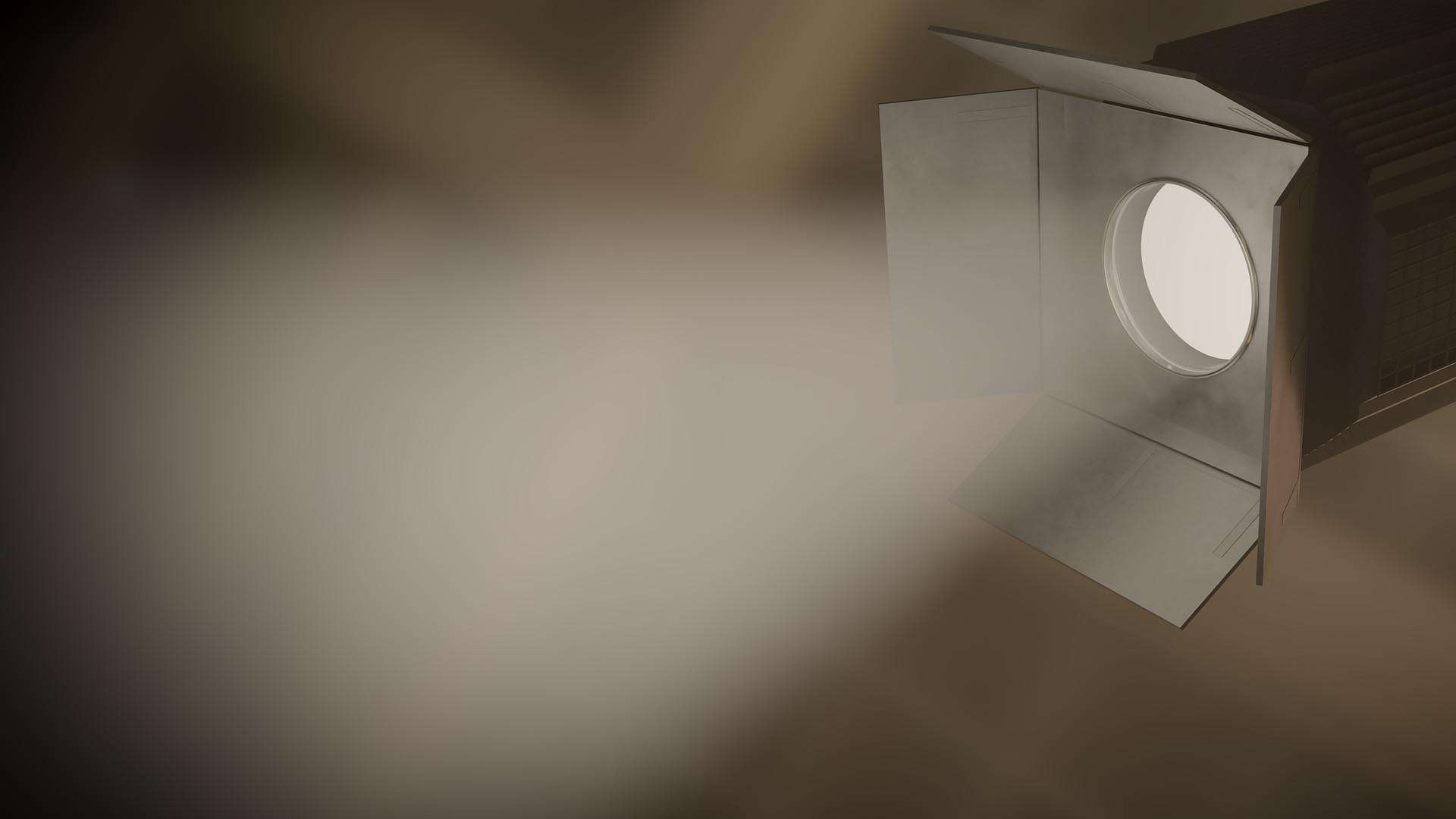How many times have you said to a marketing expert “I’ve tried that but it didn’t work”? But did you really get who or what was responsible for the failure? Was it the strategy, the medium, the creative? It could have been down to the spotlight effect.
Many traditional and digital ads fail because we take it for granted that they will be noticed or that they will derive a response from the intended target market. Because we’re ‘in it’, and we’re excited, we assume others feel the same. They don’t.
Psychologist Thomas Gilovich called this the spotlight effect. It’s the idea that we tend to be self-absorbed: we believe we’re the centre of attention far more than is the case.
The spotlight effect is why, when someone with social anxiety walks into a room, they assume everyone shares their negative view of themselves, and when someone they know walks past them in the street they assume that person is avoiding them. Neither is necessarily true, and so the spotlight effect generates errors in judgement and behaviour that exacerbate the anxiety.
And if people tend to believe they are being noticed more than they really are, so do businesses. We’re so interested in the minutiae of our businesses we forget that other people simply don’t care. This manifests in ads that take being noticed for granted. Sloppy ads that fail to grab attention are widespread — only 35% of digital display ads receive any views at all and, of those, only 9% get more than a second’s worth of attention.
A good example of sloppiness is Yipit. When Groupon was really gunning it and copycat businesses were jumping on the idea, Yipit was just starting out. It was an aggregator of deals offered by other companies, like a Trivago of the travel industry.
The team planned a marketing push around their launch and hoped it would yield a healthy base of users, who in turn would share with friends and create steady word-of-mouth growth. They secured the spotlight from some major publications and settled in to enjoy the ride.
But all the attention and excitement achieved nothing. The end result was an unimpressive 200 active users. They discovered the unfortunate truth about the spotlight: it’s always brighter when you’re in it.
I’ve seen this pattern in dental practices, evident in sloppy press releases, newsletters, social posts, or website redesigns. It has a corrosive effect, draining business leadership of its optimism and focus. Why? Over-estimating the attention others pay us causes behaviour that isn’t consistent with reality. Basically, our wonky self-consciousness derails our decision-making.
It’s difficult to escape the spotlight effect, but there are things you can do to mitigate it.
- Be realistic. Gilovich says envision a big circle that represents everyone in your target audience. Then imagine a smaller concentric circle which represents everyone that will see your content. Then a smaller circle for the people that will actually read the whole article. And a smaller circle for the people who visit your website or make contact. And smaller and smaller. Eventually you’ve narrowed it down to a tiny circle of those who take up treatment, like it and tell everyone they know.
- Prioritise being noticed. If you fail here, everything else is academic. Be distinctive. This is the hard part. In dentistry, most advertising obediently abides by category conventions. Lack of differentiation comes at a cost. Advertising that feels safe or familiar is actually risky. Look for an area of communication that’s not used by your competitors. Inject the feeling of experience and emotion into your communications and don’t be generic.
If you’d like to create remarkable advertisements, get in touch on 01872 300232 or email us at hello@hivebusiness.co.uk.









